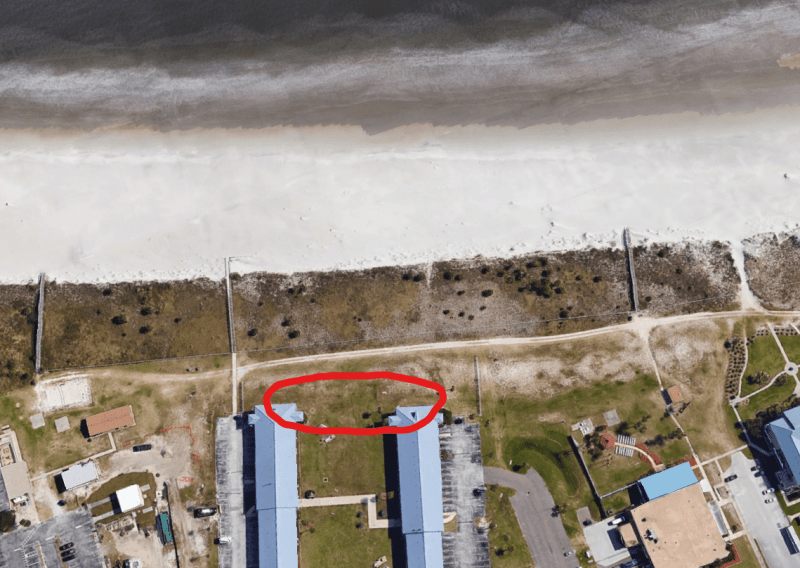swytiz
Coastal
- Jan 17, 2022
- 4
Greetings,
I am the construction manager on a 4 story cmu facility being built on a beach in Florida. Not quite a geotech, but I am a civil pe. The facility was designed with a shallow continuous strip footing about 1'4" below grade. The width of the footing is between 3 and 5 foot (ranging in various areas). The design documents say it was designed base off of an allowable soil bearing capacity of 3500lb/ft^2, but when I looked at the boring log I started to feel a little uneasy. Does this sort of structure pass the sanity check? Water table is normally at 6', but I would assume storm surge would change that, and the soil beneath is light brown sand for the first 10', then light gray sand down to 50'. There does not appear to be any real soil improvement in the design documents.
I am the construction manager on a 4 story cmu facility being built on a beach in Florida. Not quite a geotech, but I am a civil pe. The facility was designed with a shallow continuous strip footing about 1'4" below grade. The width of the footing is between 3 and 5 foot (ranging in various areas). The design documents say it was designed base off of an allowable soil bearing capacity of 3500lb/ft^2, but when I looked at the boring log I started to feel a little uneasy. Does this sort of structure pass the sanity check? Water table is normally at 6', but I would assume storm surge would change that, and the soil beneath is light brown sand for the first 10', then light gray sand down to 50'. There does not appear to be any real soil improvement in the design documents.

